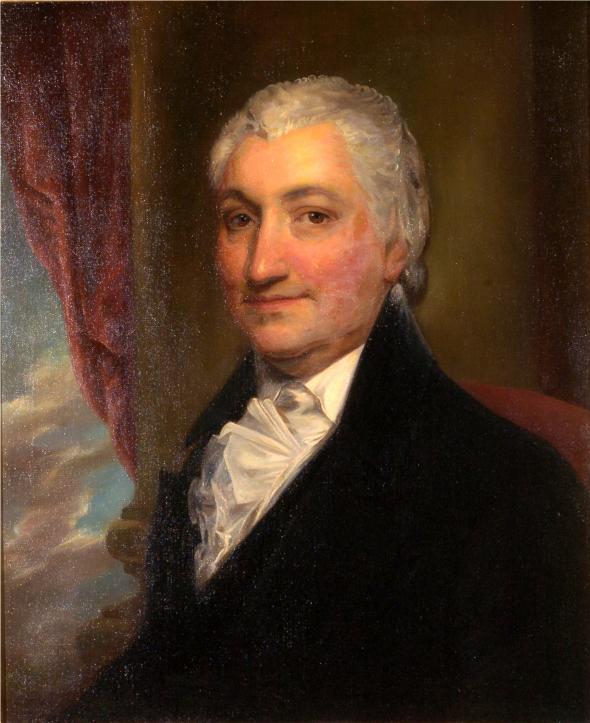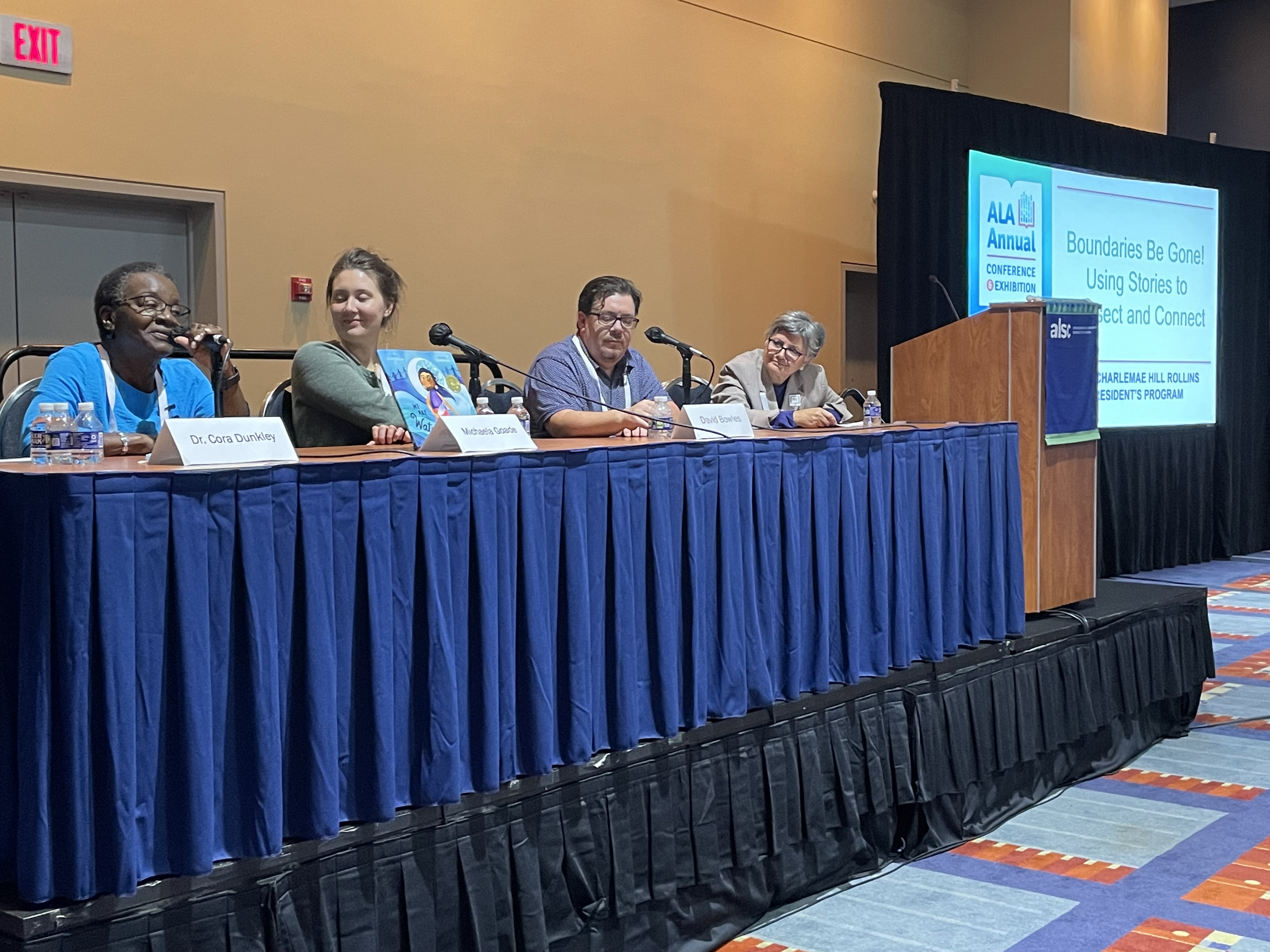|
Double Fold
''Double Fold: Libraries and the Assault on Paper'' is a non-fiction book by Nicholson Baker that was published in April 2001. An excerpt appeared in the July 24, 2000 issue of ''The New Yorker'', under the title "Deadline: The Author's Desperate Bid to Save America's Past". The work details Baker's project to uncover what happened to the thousands of books and newspapers that were replaced during the microfilming boom of the 1980s and 1990s. ''Double Fold'' has been a controversial work and Baker states in the preface that it is not meant to be objective: "This isn't an impartial piece of reporting" (p. x). ''The New York Times'' characterized the book as a "blistering, and thoroughly idiosyncratic, exposé." Overview The term " double fold" refers to the test used by many librarians and preservation administrators to determine the brittleness of paper. The test consists of folding down the corner of a page, then folding it back in the opposite direction. The action is then re ... [...More Info...] [...Related Items...] OR: [Wikipedia] [Google] [Baidu] |
Random House
Random House is an imprint and publishing group of Penguin Random House. Founded in 1927 by businessmen Bennett Cerf and Donald Klopfer as an imprint of Modern Library, it quickly overtook Modern Library as the parent imprint. Over the following decades, a series of acquisitions made it into one of the largest publishers in the United States. In 2013, it was merged with Penguin Group to form Penguin Random House, which is owned by the Germany-based media conglomerate Bertelsmann. Penguin Random House uses its brand for Random House Publishing Group and Random House Children's Books, as well as several imprints. Company history 20th century Random House was founded in 1927 by Bennett Cerf and Donald Klopfer, two years after they acquired the Modern Library imprint from publisher Horace Liveright, which reprints classic works of literature. Cerf is quoted as saying, "We just said we were going to publish a few books on the side at random", which suggested the name Random ... [...More Info...] [...Related Items...] OR: [Wikipedia] [Google] [Baidu] |
Public Ledger (Philadelphia)
The ''Public Ledger'' was a daily newspaper in Philadelphia, Pennsylvania, published from March 25, 1836, to January 1942. Its motto was "Virtue, Liberty, and Independence". It was Philadelphia's most widely-circulated newspaper for a period, but its circulation began declining in the mid-1930s. The newspaper also operated a Print syndication, syndicate, the Ledger Syndicate, from 1915 until 1946. History 19th century The ''Public Ledger'' was founded by William Moseley Swain, Arunah Shepherdson Abell, Arunah S. Abell, and Azariah H. Simmons, and edited by Swain. It was the first penny paper in Philadelphia. At the time, most newspapers sold for five cents (equal to $ today) or more, a relatively high price which limited their appeal to readers who were reasonably well-off. Swain and Abell drew on the success of the ''New York Herald'', one of the first penny papers and decided to use a one cent cover price to appeal to a broad audience. They mimicked the ''Herald's'' use of bol ... [...More Info...] [...Related Items...] OR: [Wikipedia] [Google] [Baidu] |
University Of Pittsburgh
The University of Pittsburgh (Pitt) is a Commonwealth System of Higher Education, state-related research university in Pittsburgh, Pennsylvania, United States. The university is composed of seventeen undergraduate and graduate schools and colleges at its Urban university, urban Pittsburgh campus, home to the university's central administration and around 28,000 undergraduate and graduate students. The 132-acre Pittsburgh campus includes various historic buildings that are part of the Schenley Farms Historic District, most notably its 42-story Gothic Revival architecture, Gothic revival centerpiece, the Cathedral of Learning. Pitt is a member of the Association of American Universities and is Carnegie Classification of Institutions of Higher Education, classified among "R1: Doctoral Universities – Very high research activity". Pitt traces its roots to the Pittsburgh Academy founded by Hugh Henry Brackenridge in 1787. While the city was still on the History of Pittsburgh#Gatewa ... [...More Info...] [...Related Items...] OR: [Wikipedia] [Google] [Baidu] |
American Library Association
The American Library Association (ALA) is a nonprofit organization based in the United States that promotes libraries and library education internationally. It is the oldest and largest library association in the world. History 19th century During the Centennial Exposition in Philadelphia in 1876, 103 librarians, 90 men, and 13 women, responded to a call for a "Convention of Librarians" to be held October 4–6, 1876, at the Historical Society of Pennsylvania. At the end of the meeting, according to Edward G. Holley in his essay "ALA at 100", "the register was passed around for all to sign who wished to become charter members", making October 6, 1876, the date of the ALA's founding. Among the 103 librarians in attendance were Justin Winsor (Boston Public Library and Harvard University), William Frederick Poole ( Chicago Public Library and Newberry College), Charles Ammi Cutter ( Boston Athenæum), Melvil Dewey, Charles Evans ( Indianapolis Public Library) and Richa ... [...More Info...] [...Related Items...] OR: [Wikipedia] [Google] [Baidu] |
Association Of Research Libraries
The Association of Research Libraries (ARL) is a nonprofit organization of 125 research library at comprehensive, research institutions in Canada and the United States. ARL member libraries make up a large portion of the academic and research library marketplace, spending approximately $4.5 billion every year on information resources and actively engaging in the development of new models of scholarly communications. ARL co-founded an affiliate organization, the Coalition for Networked Information (CNI), in 1990. CNI is a joint program of ARL and EDUCAUSE, a nonprofit association whose mission is to advance higher education through the use of information technology. ARL is also a member of the Library Copyright Alliance, a consortium of major library associations that have joined forces to address copyright issues affecting libraries and their patrons. History 1932–1962 The Association of Research Libraries held its first meeting in Chicago on December 29, 1932. At that time, ... [...More Info...] [...Related Items...] OR: [Wikipedia] [Google] [Baidu] |
Library Journal
''Library Journal'' is an American trade publication for librarians. It was founded in 1876 by Melvil Dewey. It reports news about the library world, emphasizing public libraries, and offers feature articles about aspects of professional practice. It also reviews library-related materials and equipment. Each year since 2008, the Journal has assessed public libraries and awarded stars in their Star Libraries program. Its "Library Journal Book Review" does pre-publication reviews of several hundred popular and academic books each month. With a circulation of approximately 100,000, ''Library Journal'' has the highest circulation of any librarianship journal, according to Ulrich's. ''Library Journal's'' original publisher was Frederick Leypoldt, whose company became R. R. Bowker. Reed International later merged into Reed Elsevier and purchased Bowker in 1985; they published ''Library Journal'' until 2010, when it was sold to Media Source Inc., owner of the Junior Library G ... [...More Info...] [...Related Items...] OR: [Wikipedia] [Google] [Baidu] |
The New York Review Of Books
''The New York Review of Books'' (or ''NYREV'' or ''NYRB'') is a semi-monthly magazine with articles on literature, culture, economics, science and current affairs. Published in New York City, it is inspired by the idea that the discussion of important books is an indispensable literary activity. ''Esquire (magazine), Esquire'' called it "the premier literary-intellectual magazine in the English language". In 1970, writer Tom Wolfe described it as "the chief theoretical organ of Radical Chic". The ''Review'' publishes long-form reviews and essays, often by well-known writers, original poetry, and has letters and personals advertising sections that had attracted critical comment. In 1979 the magazine founded the ''London Review of Books'', which soon became independent. In 1990 it founded an Italian edition, ''la Rivista dei Libri'', published until 2010. The ''Review'' has a book publishing division, established in 1999, called New York Review Books, which publishes reprints o ... [...More Info...] [...Related Items...] OR: [Wikipedia] [Google] [Baidu] |
Salon
Salon may refer to: Common meanings * Beauty salon A beauty salon or beauty parlor is an establishment that provides Cosmetics, cosmetic treatments for people. Other variations of this type of business include hair salons, spas, day spas, and Day spa#Medical spa, medical spas. Beauty treatme ..., a venue for cosmetic treatments * French term for a drawing room, an architectural space in a home * Salon (gathering), a meeting for learning or enjoyment Arts and entertainment * Salon (Paris), a prestigious annual juried art exhibition in Paris begun under Louis XIV * ''The Salon'' (TV series), a British reality television show * ''The Salon'' (film), a 2005 American dramatic comedy movie * ''The Salon'' (comics), a graphic novel written and illustrated by Nick Bertozzi Places * Salon, Aube, France, a commune * Salon, Dordogne, France, a commune * Salon, India, a town and nagar panchayat * Salon (Assembly constituency), India, a constituency for the Uttar Prades ... [...More Info...] [...Related Items...] OR: [Wikipedia] [Google] [Baidu] |
National Book Critics Circle Award For Nonfiction
The National Book Critics Circle Award for Nonfiction, established in 1976,''The National Book Critics Circle Journal'' 2:1, Spring 1976 , NBCC. Retrieved February 2, 2012. is an annual American presented by the (NBCC) to promote "the finest books and reviews published in English." Awards are presented annually to books published in the U.S. during the preceding calendar year in six categories: Fiction, Nonfiction, Poetry, Memoir/Autobiography, Bio ... [...More Info...] [...Related Items...] OR: [Wikipedia] [Google] [Baidu] |
Pulp (paper)
Pulp is a fibrous Lignocellulosic biomass, lignocellulosic material prepared by chemically, semi-chemically, or mechanically isolating the cellulose fiber, cellulosic fibers of wood, fiber crops, Paper recycling, waste paper, or cotton paper, rags. Mixed with water and other chemicals or plant-based additives, pulp is the major raw material used in papermaking and the industrial production of other Pulp and paper industry, paper products. History Before the widely acknowledged invention of papermaking by Cai Lun in China around AD 105, paper-like writing materials such as papyrus and amate were produced by ancient civilizations using plant materials which were largely unprocessed. Strips of Bark (botany), bark or Bast fibre, bast material were woven together, beaten into rough sheets, dried, and polished by hand. Pulp used in modern and traditional papermaking is distinguished by the process which produces a finer, more regular slurry of cellulose fibers which are pulled out of ... [...More Info...] [...Related Items...] OR: [Wikipedia] [Google] [Baidu] |
Pamela Darling
Pamela W. Darling (born August 31, 1943) was an American library preservation specialist. She was a leader in developing preservation procedures and planning for academic libraries. She developed a grid that is helpful in prioritizing preservation activities. Overview Pamela Darling stressed the importance of preservation since the beginning of her career in the 1970s. She wrote many journal articles and several books stressing the need for a national plan for preservation. She urged the library profession to make preservation a priority "in which organization and cooperation are essential: standards-making, professional education, policy development, influencing legislation..." She also declared that preservation is the responsibility and duty of all library staff and anyone having to do with books, from publishers to users. Significance to preservation As the preservation specialist for the Association of Research Libraries, Office of Management Studies in 1980, Pamela Darl ... [...More Info...] [...Related Items...] OR: [Wikipedia] [Google] [Baidu] |
Patricia Battin
Patricia Meyer Battin (June 2, 1929 – April 22, 2019) was one of the first librarians in the United States to combine the responsibilities of library administrator and technology director. Her focus shifted toward preservation when she became the first president of the Commission on Preservation and Access. She later became a pioneer in the digital library movement and began to work in the area of digital preservation. Early life and education Patricia Battin was born to Emanuel Albert and Josephine (Lehman) Meyer on June 2, 1929, in Gettysburg, Pennsylvania. She attended Swarthmore College from 1947 to 1951 and received a B.A. in English.Lee, J.M. (Ed.). (1982). Battin, Patricia M. ''Who's Who in Library and Information Services.'' American Library Association: Chicago. The following year, she attended the University of Minnesota to pursue American studies. Career In 1964, Battin began her career in library services as an intern at the Binghamton University. While continu ... [...More Info...] [...Related Items...] OR: [Wikipedia] [Google] [Baidu] |



